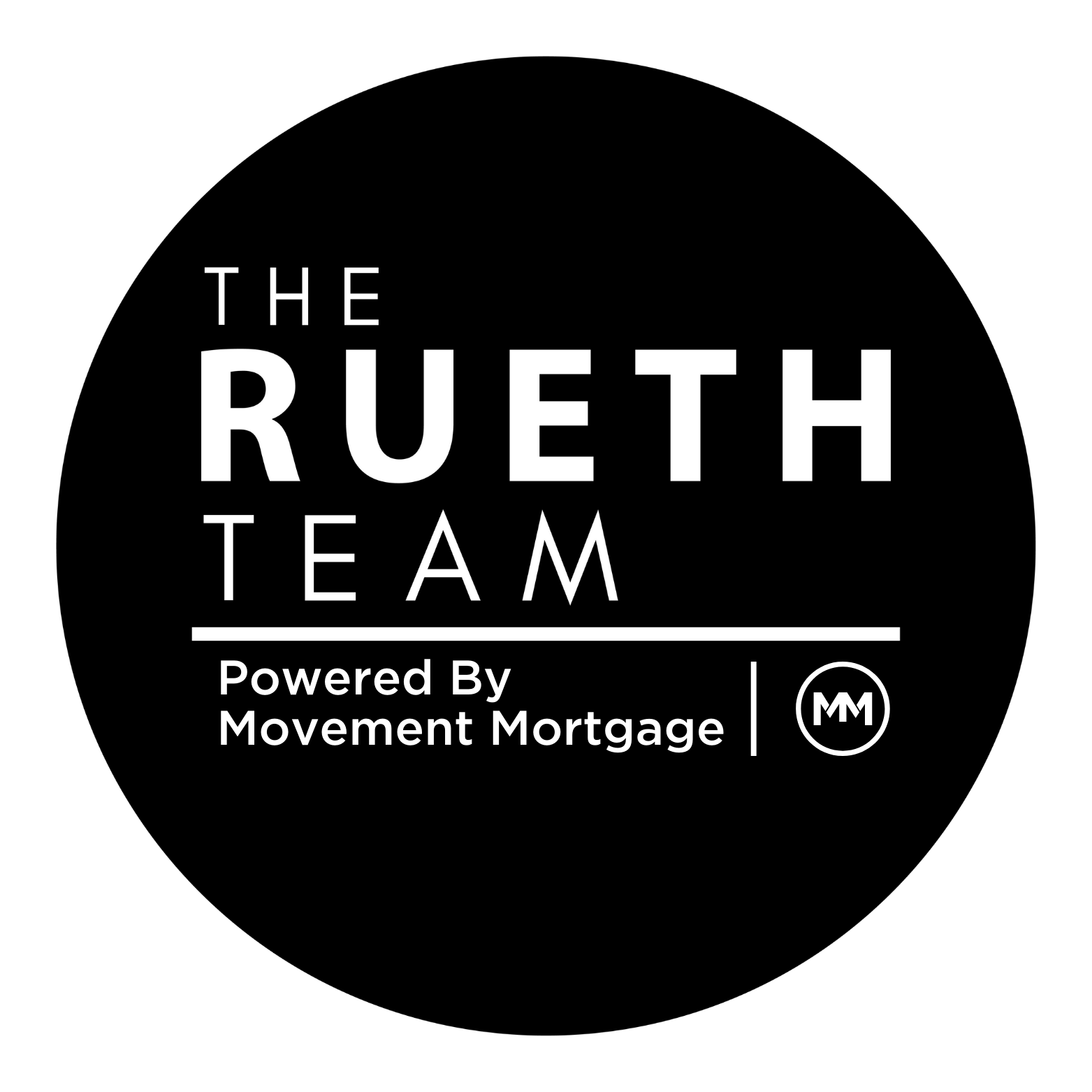They Don't Know The Fannie Mae Home Purchase Sentiment Index® (HPSI) released this week jumped…
And You Thought 2021 Was Interesting
2021 Breaking Records in the Cost of Everything
This past week numbers came out highlighting the cost of everything!
The Producers Price Index rose 9.6%, the fastest pace on record. This is the measure of whole sale prices, which often leads to hotter consumer inflation levels, as producers pass those higher costs along to consumers.
Cass Expenditures Index came out next showing shipping costs rose to a new record high, up 8% in November and 44% year over year. This is the index I was highlighting in 2019 as we were headed into a recession in 2020 as it’s a leading indicator. This is the cost to ship goods across the country. Freight companies are struggling to find truck drivers right now, due to lack of pay and poor conditions. So from an inflation standpoint, we will continue to see supply chain disruptions, causing higher prices and contributing to higher goods until we can get products moving across the country.
Small Business Optimism Index came out slightly up.. up 0.2%; with business owners feeling good about demand, but worried most about the cost of labor. In the report, current and future compensation plans held at record highs and plans for higher prices to offset higher labor costs rose to the highest level since 1979.
Initial Weekly Unemployment Claims came out this week at 198,000; the lowest in 52 years as employers hold onto their employees with the current labor shortage. 2021 added 6.1M jobs, this is the best year ever for growth. The economy is strong right now; yet there are still 3.9M fewer jobs held today then in February 2020.
Consumer Price Index (CPI) was up to 6.8% at it’s latest reading. Energy up 33%, gasoline up 58%, food up 6%, used cars up 31%. Thankfully wages are up 4.8% overall, 13.7% in hospitality to pay for these things.. but you see the circle, don’t you? Personal Consumption Expenditures (PCE), the Fed’s preferred measure of inflation, was up 5.7% year over year. This is the hottest reading in 40 years, which continues to support Fed Chair Powell’s push to expedite the taper process and raise the Fed Rate to tighten monetary policy, slow down the economy and soften inflation. However, the supply chain needs to be simultaneously resolved to have the Fed Rates full effect on inflation. See the chart below Barry Habib and will share more on this specifically at the Next Big Thing.. how history gives us clues as to what might happen next.
Also this week, CoreLogic came out with their October home appreciation numbers… which I know is a little dated, but continues to show high yet finally slowing appreciation. Nationwide, appreciation peaked in July/August. This latest report showed a 19.1% National appreciation, 20.3% for Denver. Denver is also still the #1 fastest recovering housing market with home values 105% above what they were in their prior peak (2007). With 25% of Denver homeowners owning their home outright (no mortgage) and only1.5% of Coloradoans with a mortgage showing negative equity, the Denver housing market will continue to be strong, in demand and garner higher prices. This is good for homeowners, hard for renters wanting to be homeowners.
[author] [author_image timthumb=’on’]https://www.theruethteam.com/wp-content/uploads/2020/11/testimonial_image.jpg[/author_image] [author_info]Nicole Rueth has been passionately advising clients on their wealth building and home financing strategies for over 17 years. Her path has been non-conventional and it is a benefit to her clients. www.TheRuethTeam.Com.[/author_info] [/author]





